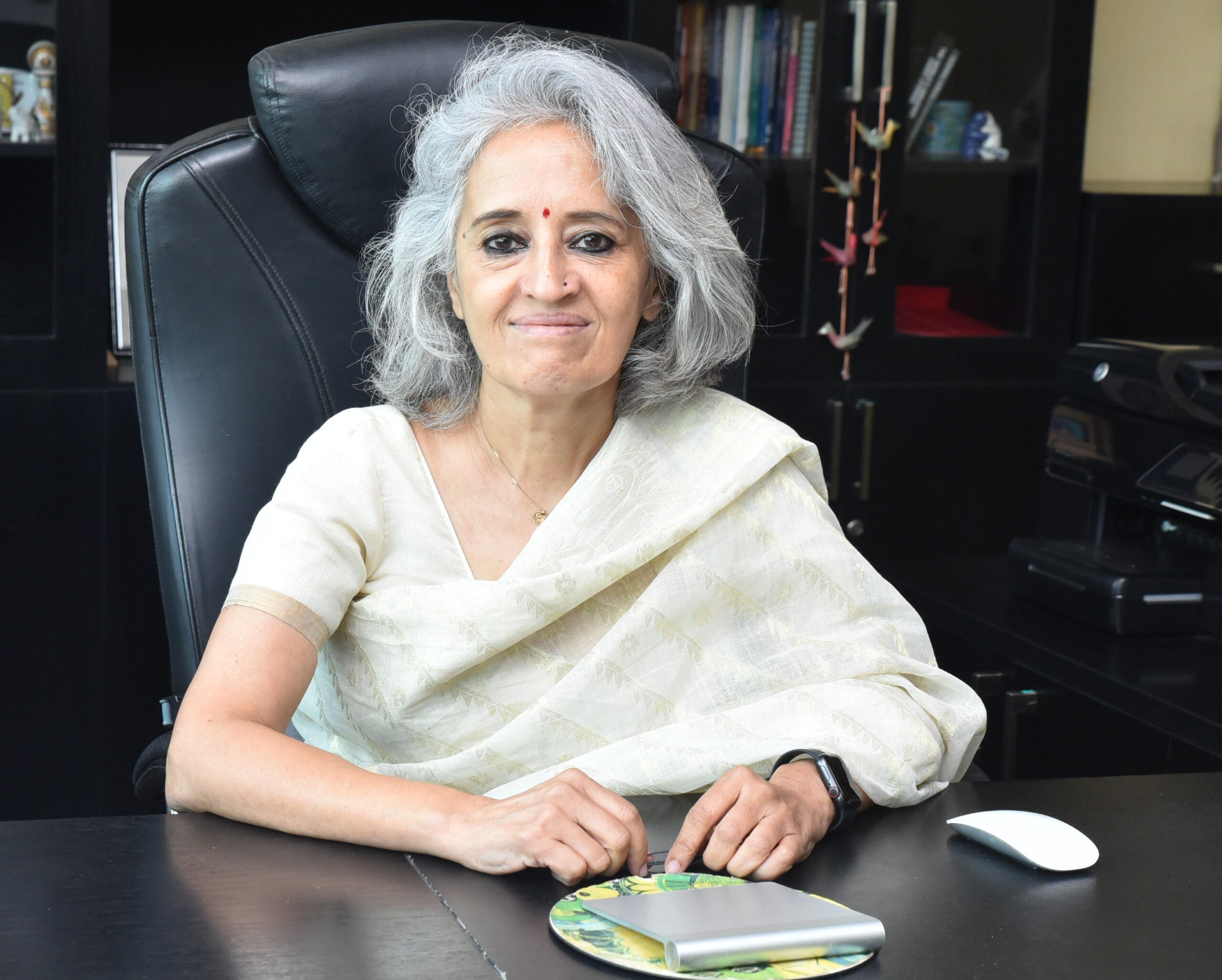AI Model Offers More Accurate Fetal Age Estimates for Indian Women
Chennai: Indian Institute of Technology Madras (IIT Madras) and the Translational Health Science and Technology Institute (THSTI) have developed the first-ever artificial intelligence (AI) model specifically designed to determine the age of a fetus in pregnant Indian women during the second and third trimesters. This development holds significant potential for improving pregnancy care and reducing maternal and infant mortality rates in India.
Addressing Discrepancies: Currently, doctors rely on formulas developed using data from Western populations to estimate fetal age, also known as gestational age (GA). However, these formulas may not be accurate for Indian women due to differences in fetal growth patterns. This new AI model, named “Garbhini-GA2,” aims to address this gap by using data specific to the Indian population.
Improved Accuracy: Garbhini-GA2 utilizes data collected from pregnant women in India and employs advanced machine learning techniques to achieve significantly higher accuracy compared to existing methods. This translates to a reduction in the median error rate by more than three times compared to the commonly used Hadlock model.
This new model has the potential to:
· Enhance the quality of care: By providing more accurate fetal age estimates, Garbhini-GA2 can help doctors make better decisions regarding prenatal care, interventions, and delivery timing.
· Reduce maternal and infant mortality: Improved pregnancy care can contribute to a decrease in complications and deaths associated with childbirth.
· Refine epidemiological data: Accurate fetal age estimates are crucial for conducting reliable research on pregnancy outcomes in India.
The researchers are currently working towards validating Garbhini-GA2 in larger studies across diverse regions in India. Once validated, the model has the potential to be integrated into clinical practice, benefiting pregnant women and healthcare professionals nationwide.

Bullion Trader Duped of Rs 1.6 Crore with Photo of Anupam Kher on Fake Currency
A bullion trader in Gujarat was defrauded of Rs 1.6 crore, according to the city police on Sunday. The incident came to light when the

Gujarat’s Rhea Singha Wins Miss Universe India 2024
Web India News Rhea Singha from Gujarat has been crowned Miss Universe India 2024. The 19-year-old beauty queen will now represent India at the prestigious

Arvind Kejriwal Reaches Out to Public after Resignation, Appeals to People’s Court
New Delhi: After stepping down as Delhi’s Chief Minister, Arvind Kejriwal addressed the public at Jantar Mantar, reiterating his commitment to honesty and transparency. The

Rajesh Nagar should win with a huge vote for the development of the area: Krishan Pal Gurjar
Faridabad: Senior Gujjar leaders today campaigned vigorously in support of BJP candidate Rajesh Nagar from Tigaon assembly constituency. Addressing a huge public meeting at Neemka,

Young Biker Killed in Tragic Collision with Wrong-Side SUV in Gurugram
A young biker, Akshat Garg, tragically lost his life when his motorcycle was struck by an SUV driving on the wrong side of the road

Rail Jihad: A Dangerous Trend Threatening India’s Rail Network
India’s railway network, one of the world’s largest, serves as the lifeline for millions, connecting people, cities, and cultures. However, a sinister trend has emerged,
Share via:



